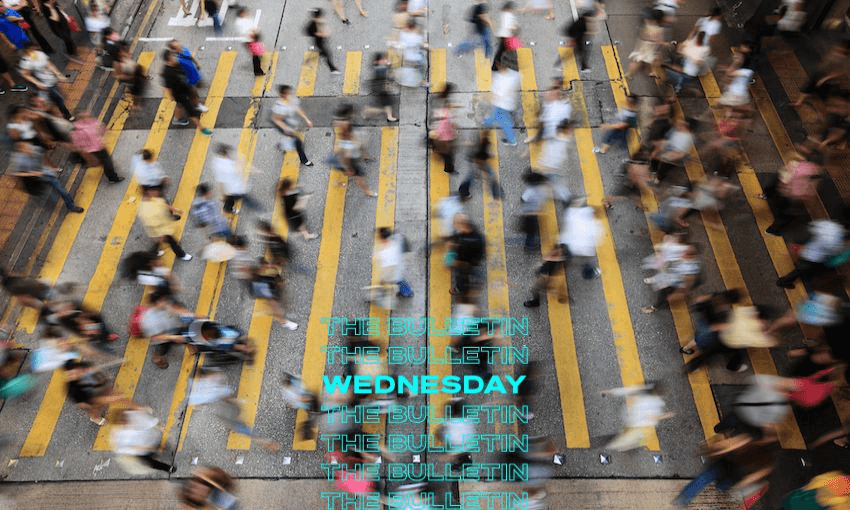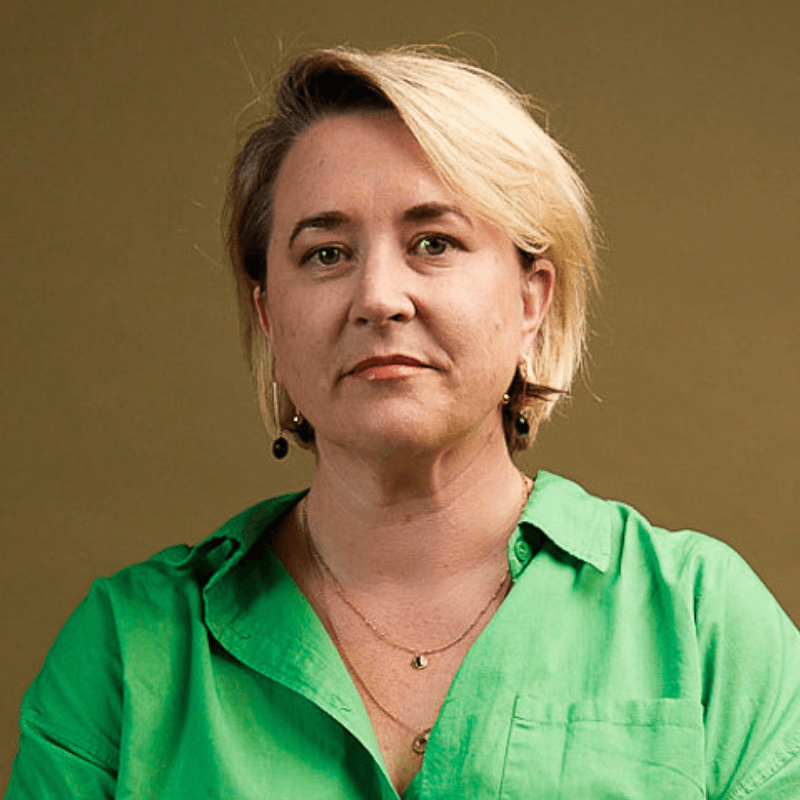A fork in the road appears for New Zealand as views on population growth and pandemic recovery diverge, writes Anna Rawhiti-Connell in The Bulletin.
What should we call the current state of immigration affairs?
Many nouns have made an appearance after the word immigration in government announcements and commentary. We’ve had an immigration reset and an immigration rebalance recently. Bernard Hickey has called Sunday’s announcement of changes to the settings for short-term migrants, a backslide. As an everyday woman on the street who can see we have workforce shortages, a problem with economies of scale, a problem with a reliance on low-wage migrant labour, a problem with productivity and a $104b infrastructure deficit, I’m running with immigration conundrum. Ultimately the question is how big should New Zealand be and how do we accommodate that?
A population of nine million?
Newsroom Pro’s Jono Milne has talked to a few people to ask them exactly that question. Some have even been willing to take a punt. Kirdan Lees of consultancy firm Sense Partners doesn’t want politicians or bureaucrats setting population targets but believes that if you opened up immigration settings fully, the market would determine that the population would grow by four million in 10 years. As Milne writes, last week’s Reserve Bank monetary policy statement indicated more immigration would help address workforce shortages, which it says is impeding economic growth and contributing to inflation. I linked to this on Monday but Liam Dann (paywalled) at the Herald agrees.
It’s hard to go cold turkey on low-wage labour
In Hickey’s piece on the Spinoff this morning he says we’re “discovering all over again how hard it is to go cold turkey on our economy’s addictions to imported low-wage labour and leveraged-and-tax-free gains on residential land price appreciation”. He is scathing of what he sees as the government reversing course on one of its main economic policies. He’s referring to Sunday’s announcement where exemptions to the median wage minimum for temporary work visa holders were extended, 102 days after May’s “immigration rebalance”. Newsroom’s Matthew Scott also covers concerns about that and outlines how it’s at odds with the Productivity Commission recommendations, also made in May.
An endless three point turn
The immigration rebalance was announced ahead of a Productivity Commission report. That report concluded that immigration doesn’t threaten jobs for New Zealanders but public infrastructure has not kept up with population growth. The commission also recommended that the government create a policy statement on immigration. That’s due this year. The Infrastructure Commission also presented an infrastructure strategy to the government in May. At the time finance minister Grant Robertson said closing our infrastructure gap would cost $31b over 30 years. Economic growth is impeded by a lack of in-bound migration. More migration is impeded by a lack of infrastructure. Infrastructure investment is impeded by a lack of economic growth. There’s a scene from Austin Powers in my head right now in which Powers finds himself stuck in a real conundrum. You could play it on a loop.


